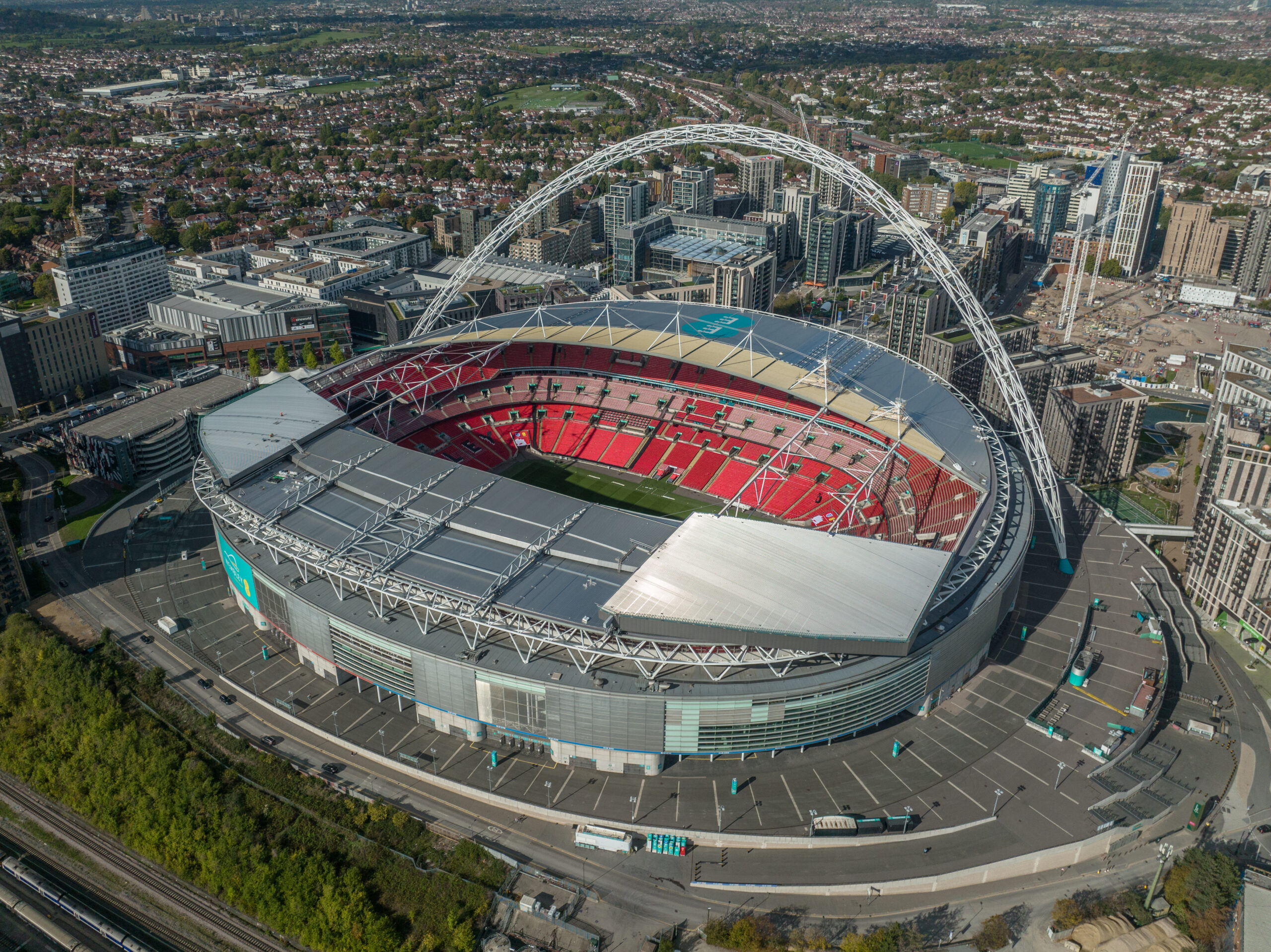
The Hive Stadium
London, England

London
-
England
Wembley Stadium in London is one of the most iconic sports arenas in the world, renowned for hosting major football finals, concerts, and international events.
90000
The current Wembley Stadium opened in 2007 on the site of the old Wembley, which had stood since 1923. The original stadium was famous for its twin towers and the legendary 1966 FIFA World Cup Final. The new Wembley, built at a cost of around £800 million, is now the home of English football and the FA Cup Final.
The stadium is recognized worldwide for its spectacular 133-metre-high arch that spans 315 metres across the roof. With a seating capacity of 90,000, it is the largest stadium in the UK and one of the most modern multipurpose venues in Europe. Its design ensures excellent sightlines and comfort for fans.
Wembley is located in northwest London, in the borough of Brent. It is highly accessible via Wembley Park and Wembley Stadium stations, which connect the venue to central London by Underground and rail. Multiple bus routes and car parks also serve the stadium.
The name Wembley comes from the district of London in which the stadium is located. Over time, “Wembley” has become synonymous with football history and prestige, often referred to as “the home of football.”
Wembley hosts all major domestic cup finals in England, England national team fixtures, and has staged events like the UEFA Champions League Final, the 2012 Olympic football tournament, and high-profile concerts. Its global reputation and historic legacy make it one of the most famous stadiums in the world.